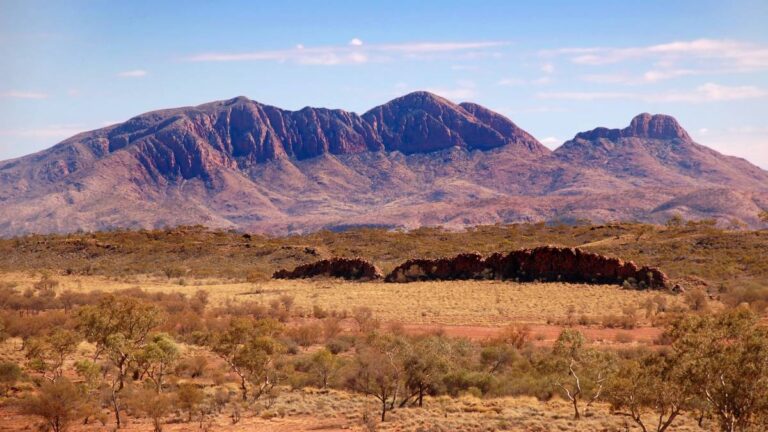In a society that places so much emphasis on private land ownership, community land can sometimes feel like a diminishing commodity. As public land in the form of native bushland gets clear felled by private developers for ever more housing estates, it makes any remaining areas more precious than ever. The Management Plan for Munibung Hill does not include additional housing lots, but rather sets out a program to protect and conserve biodiversity along with the upgrading of walking tracks and associated areas for the benefit of the community. So we welcome the assessment that Munibung Hill is a high value area, well worth hanging onto in the public domain.
The City-wide Plan of Management for Community Land 2011 categorises the Community Land on Munibung Hill as a natural area. Core objectives for natural areas are identified in the Plan of Management (LMCC 2011):
- To conserve biodiversity and maintain ecosystem function in respect of the land, or the feature or
- habitat in respect of which the land is categorised as a natural area, and
- To maintain the land, or that feature or habitat, in its natural state and setting, and
- To provide for the restoration and regeneration of the land, and
- To provide for community use of and access to the land in such a manner as will minimise and mitigate any disturbance caused by human intrusion, and
- To assist in and facilitate the implementation of any provisions restricting the use and management of the land that are set out in a recovery plan or threat abatement plan prepared under the Threatened Species Conservation Act 1995 (LMCC 2016) (this is now provided for by the Biodiversity Conservation Act 2016).
Council exhibited draft Natural Areas Management Guidelines in early 2021. These guidelines are intended to provide certainty for developers required to prepare a Vegetation Management Plan as a condition of consent.
The guidelines also specify the information and processes required by Council to adequately achieve, assess and report on rehabilitation, revegetation and management of natural areas including rehabilitation works under Part 5 Environmental Planning and Assessment Act (EP&A Act), works by Council and other authorities, rehabilitation of native vegetation on Council land, geotechnical investigation, and change in land management and services through native vegetation on Council land.
The detailed specification in these guidelines reflects the very high value that Council and its community place on the bushland natural areas across the city. Munibung Hill is a large area of regenerating bushland under mixed public and private tenure. Integrated vegetation management across all tenures is an important part of protecting and enhancing the natural area value of Munibung Hill.
It’s understandable that plans of most kinds are general by nature, since they have to encompass so many aspects of a particular subject. But we contend that on occasions there needs to be exceptions to the rule. One of them is hollow bearing trees, otherwise referred to as veteran trees due to their age and importance for many native animal species. These critically important seniors of the bush, deserve a hallowed place, within the forest ecosystem. Having others dependent on you bestows a great deal of responsibility of ones capacity to deliver. Pity that the human species is a late comer to understanding the magnitude of the task ahead to protect and nurture these old gentle giants of the forest community. Making these connections is an integral part of the MHCS vision for the Munibung Hill community of beings.
What is a tree hollow?
Tree hollows are cavities formed in the trunk or branches of a live or dead tree. Such hollows are usually more characteristic of older, mature to over-mature trees but may form in earlier growth stages depending on tree species. Trees with hollows are termed ‘hollow bearing trees’ or ‘habitat trees’.
Hollows usually take a long time to form, and in particular, large hollows may only occur in very large, old trees (100 – 150 years plus in age).
Hollows or cavities in trees are usually formed as a result of wind breakage, lightning strike or fire and/or due to termite, insect or fungal attack.
They may vary in size, both in cavity opening diameter and cavity depth and volume, from small openings of 2 – 6 cm to very large with entrance diameters of 18 – 30 cm or more.
Such diversity caters for the wide range of animal species which utilise tree hollows from small insectivorous bats weighing less than 10 grams to large forest owls such as the Powerful Owl, cockatoos such as the Glossy Black Cockatoo and possums such as the Squirrel Glider, Yellow-bellied Glider and Greater Glider. … https://www.environment.nsw.gov.au/resources/pnf/07353hollowtrees.pdf
The Future of Large Old Trees in Urban Landscapes, David Lindenmeyer … https://journals.plos.org/plosone/article?id=10.1371/journal.pone.0099403
Professor David Lindenmeyer has been conducting research into … The ontogeny and process of the development of cavities in ash-type eucalypt trees and its implications for the conservation of hollow-dependent fauna.
Continuing net loss of native hollow-bearing trees and coarse woody debris due to firewood harvesting practices … https://journals.plos.org/plosone/article?id=10.1371/journal.pone.0099403


